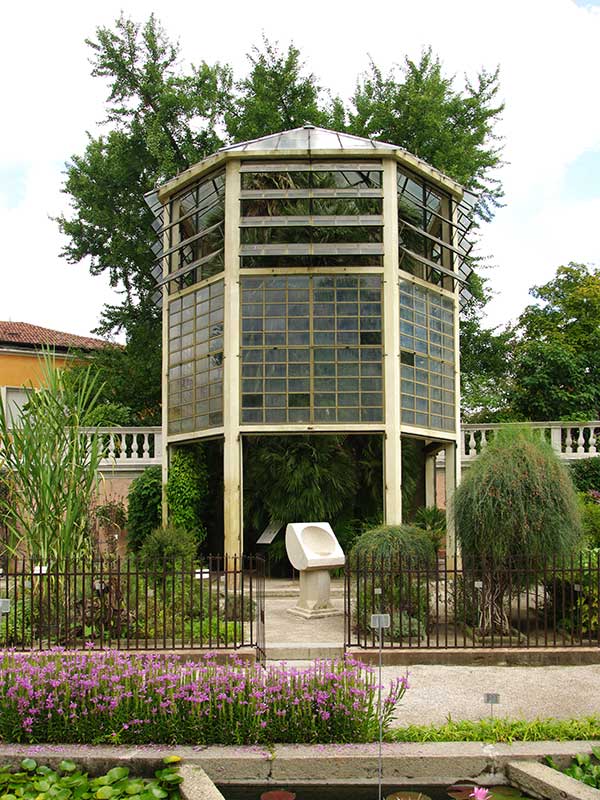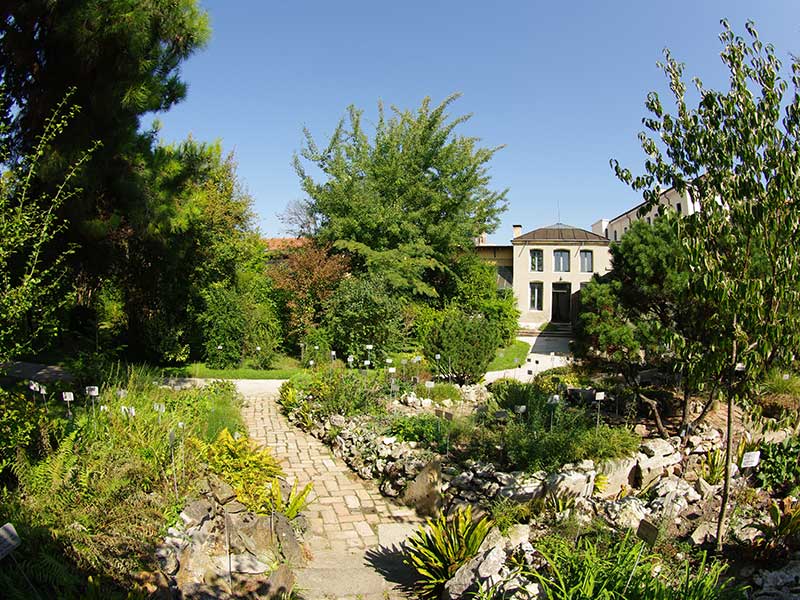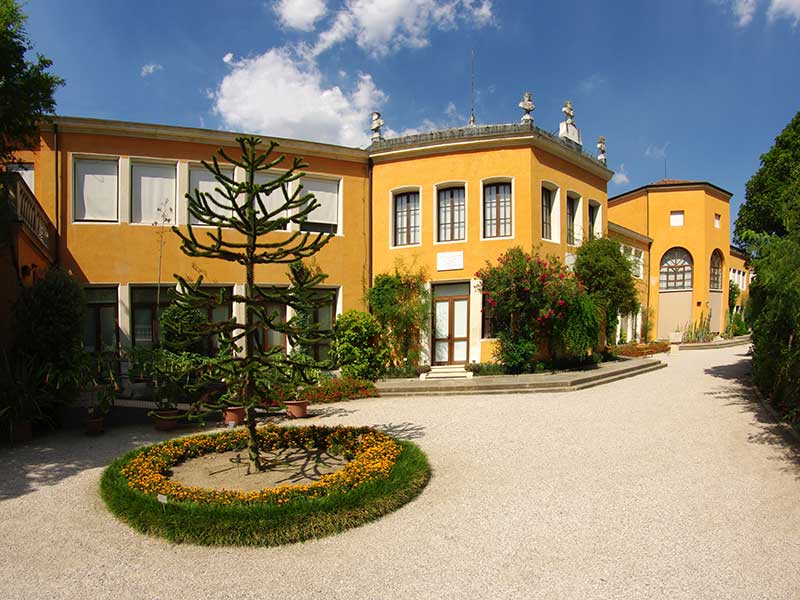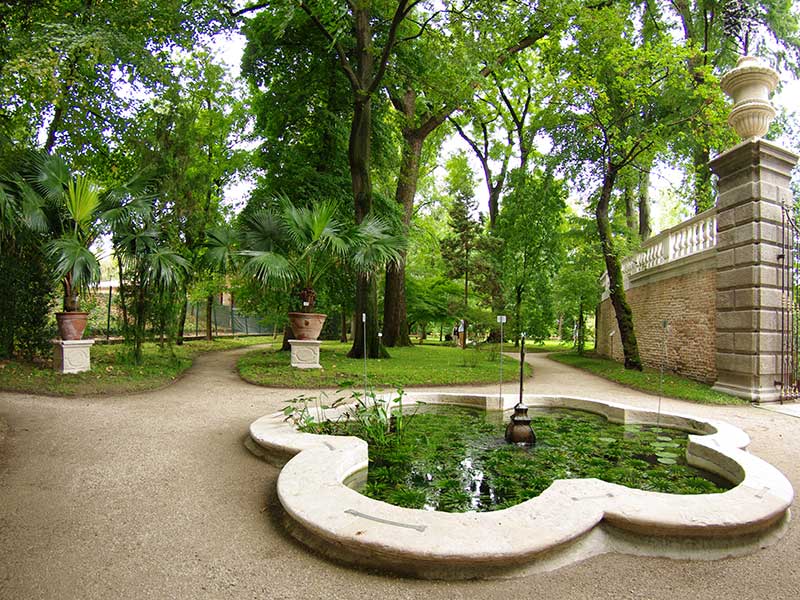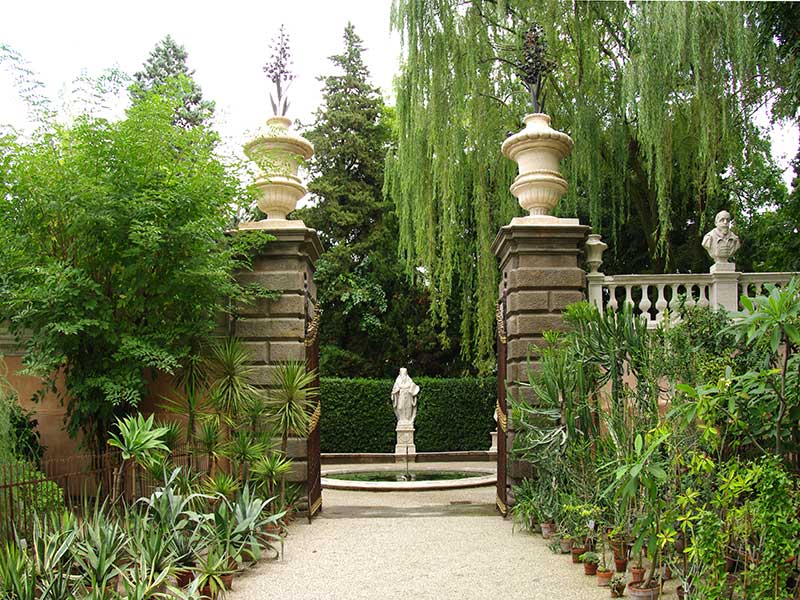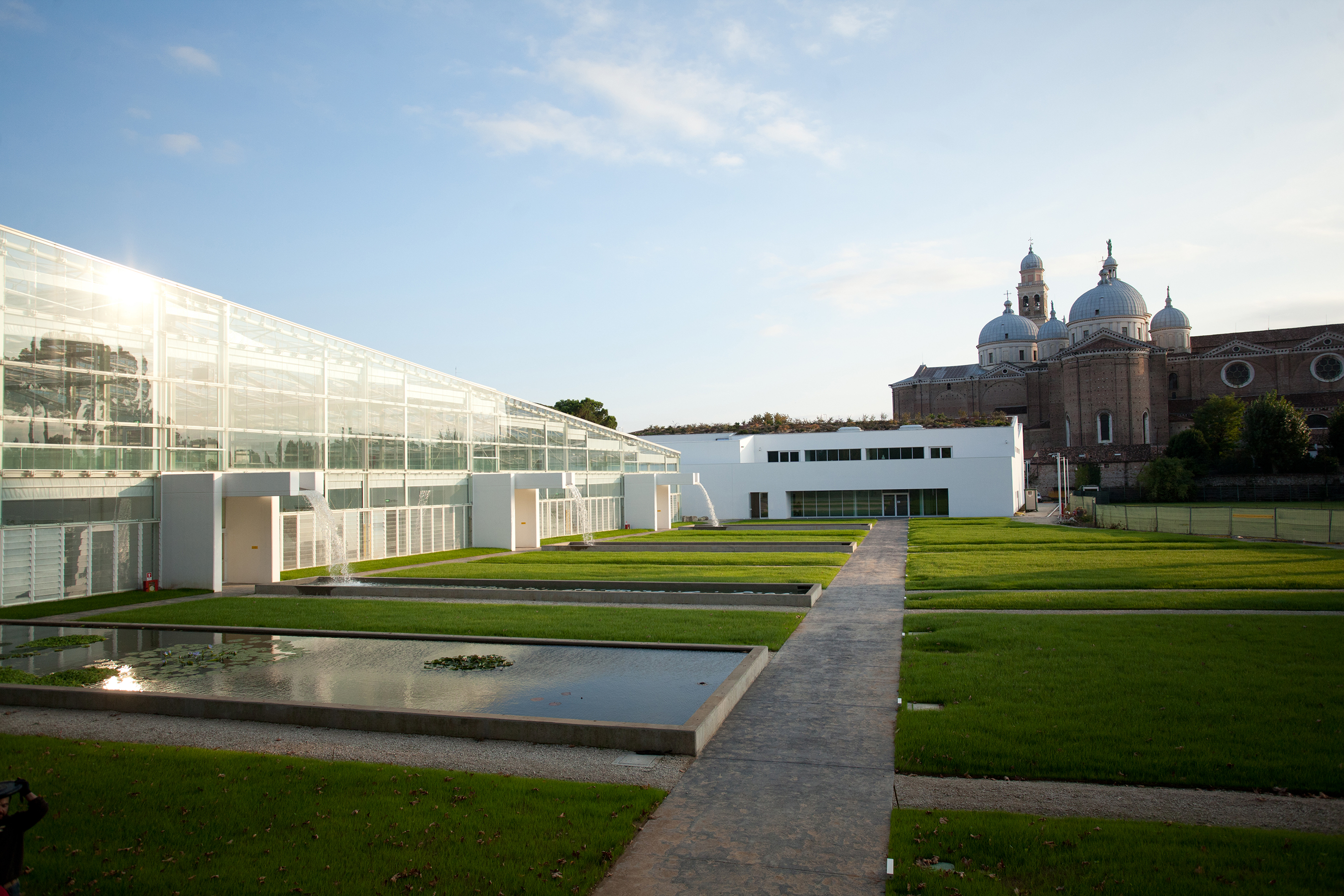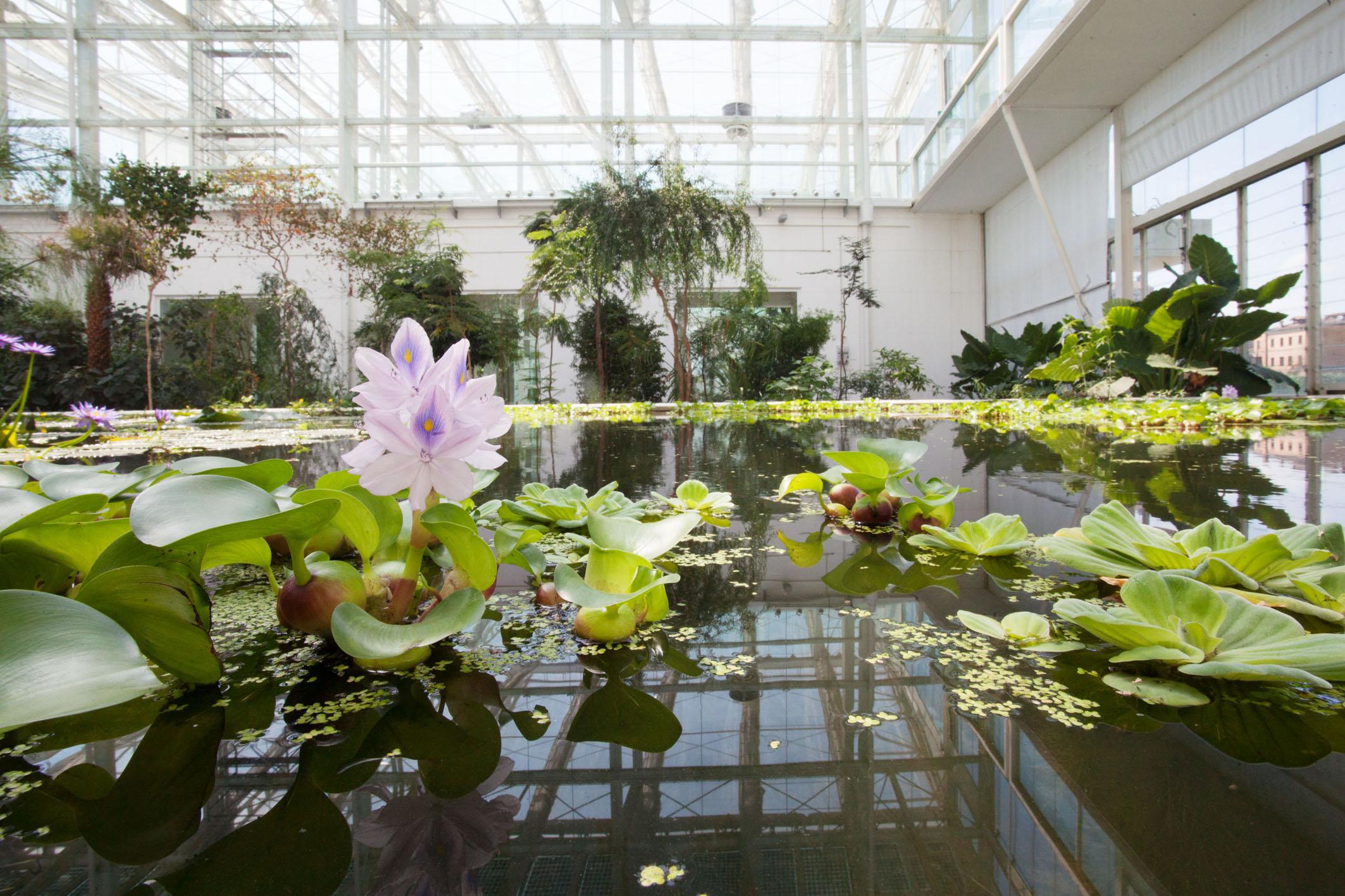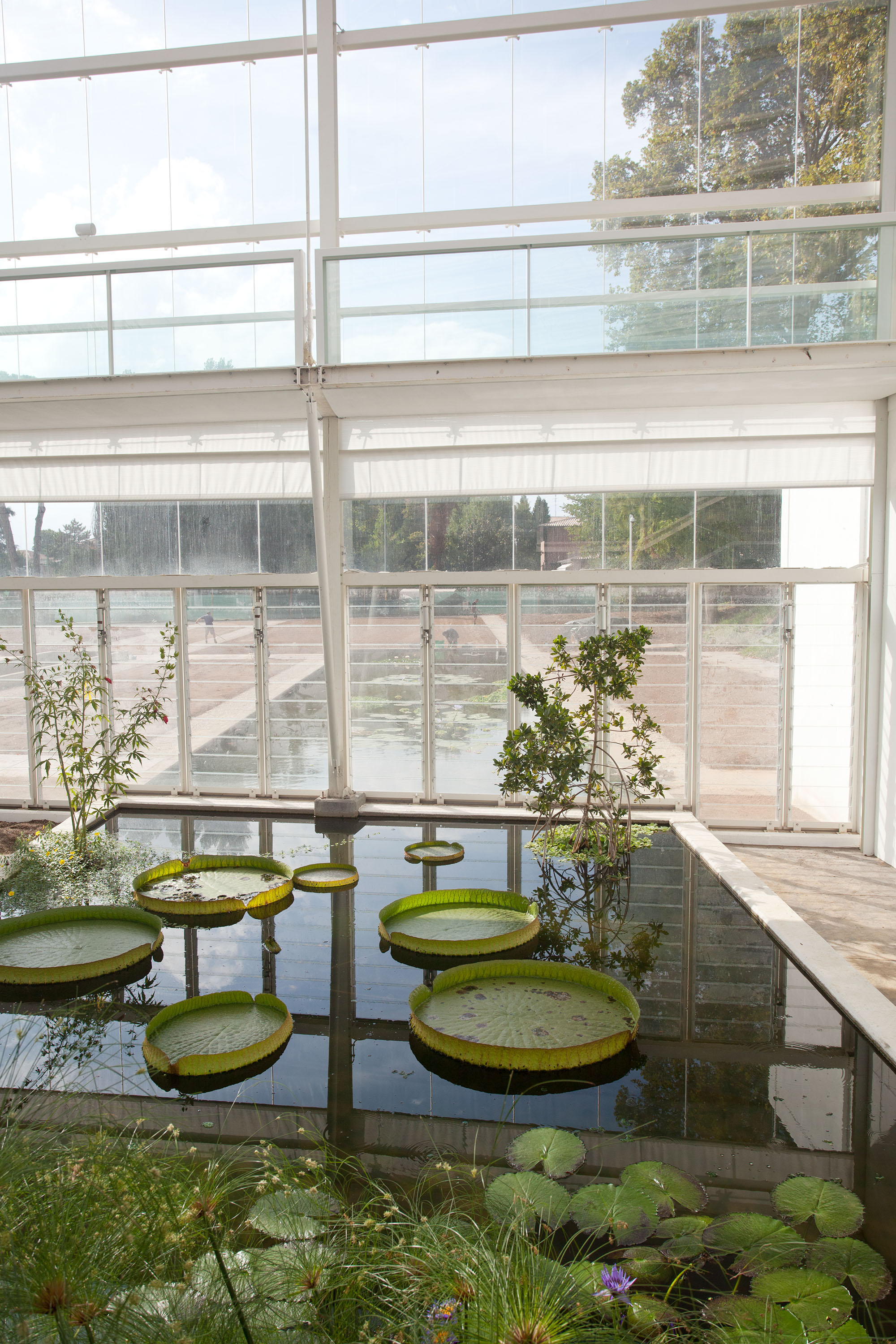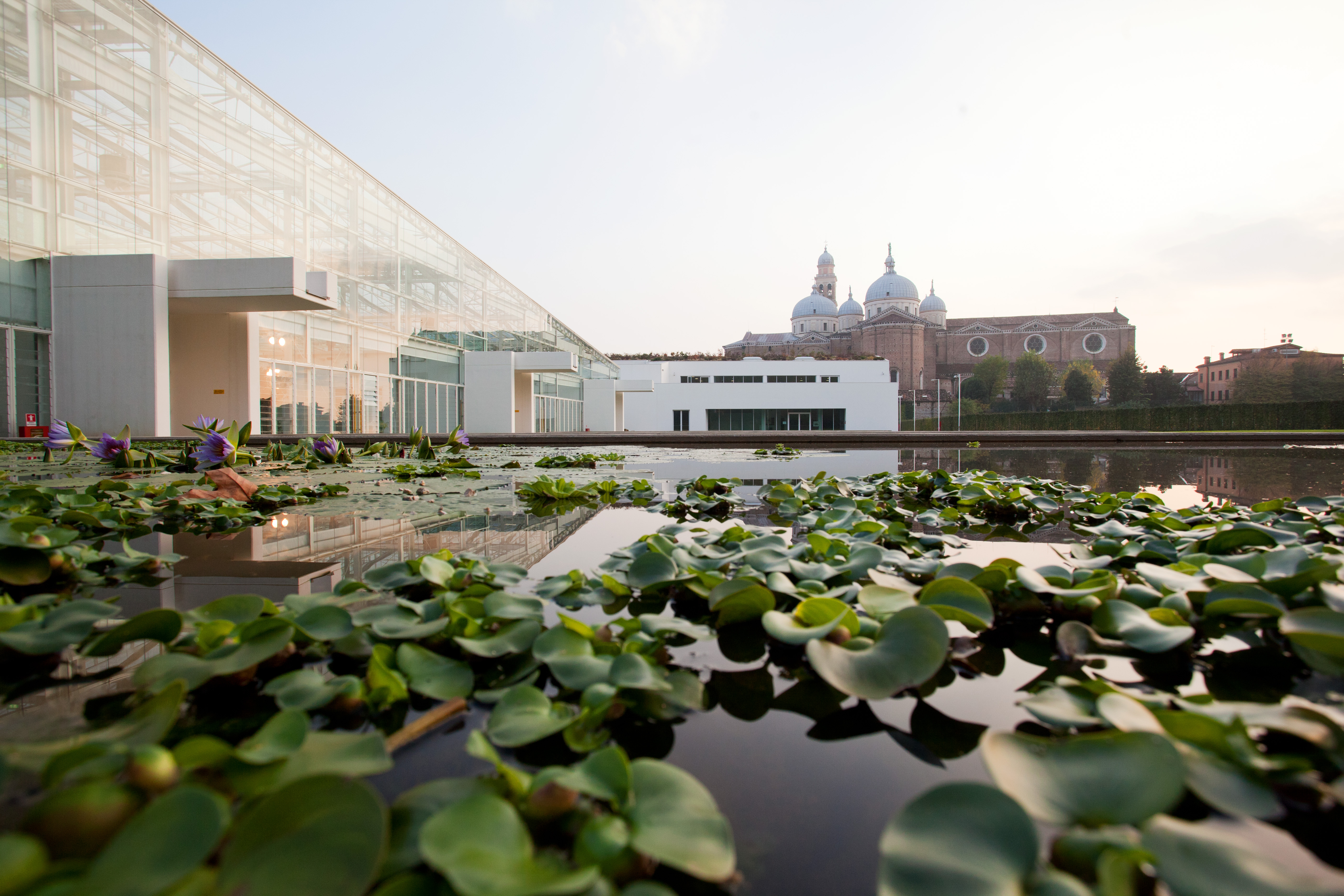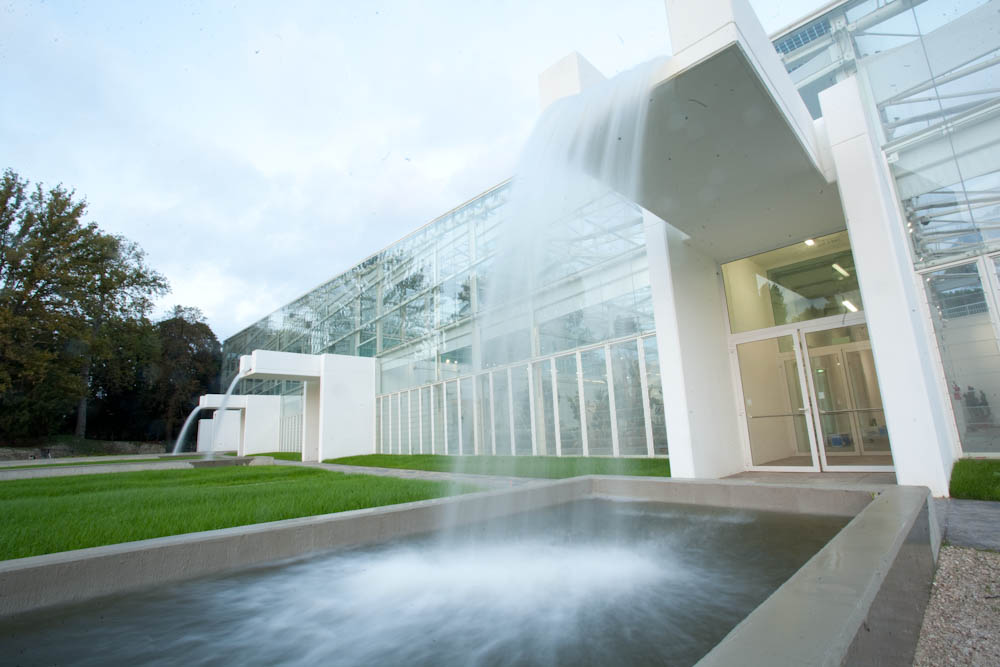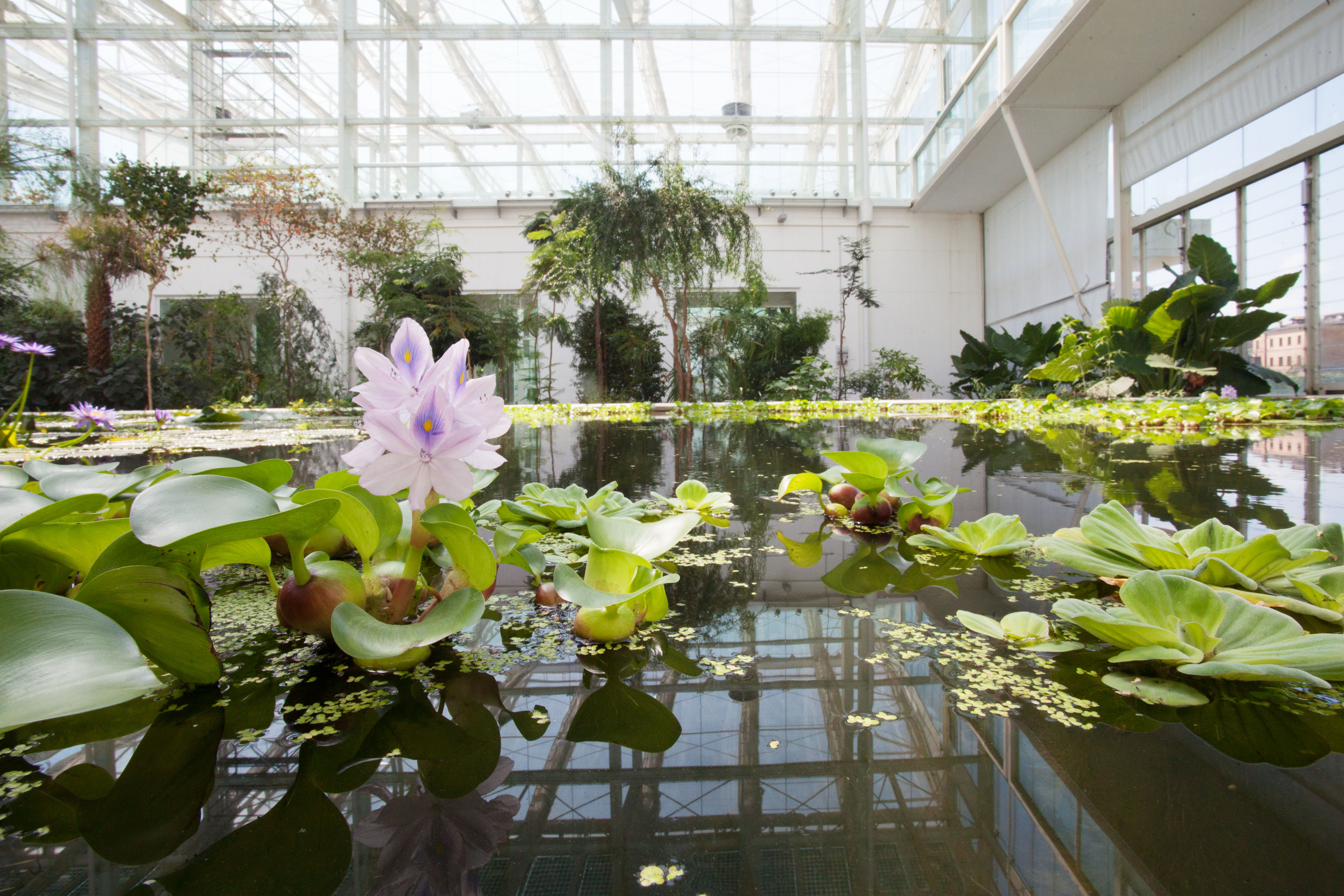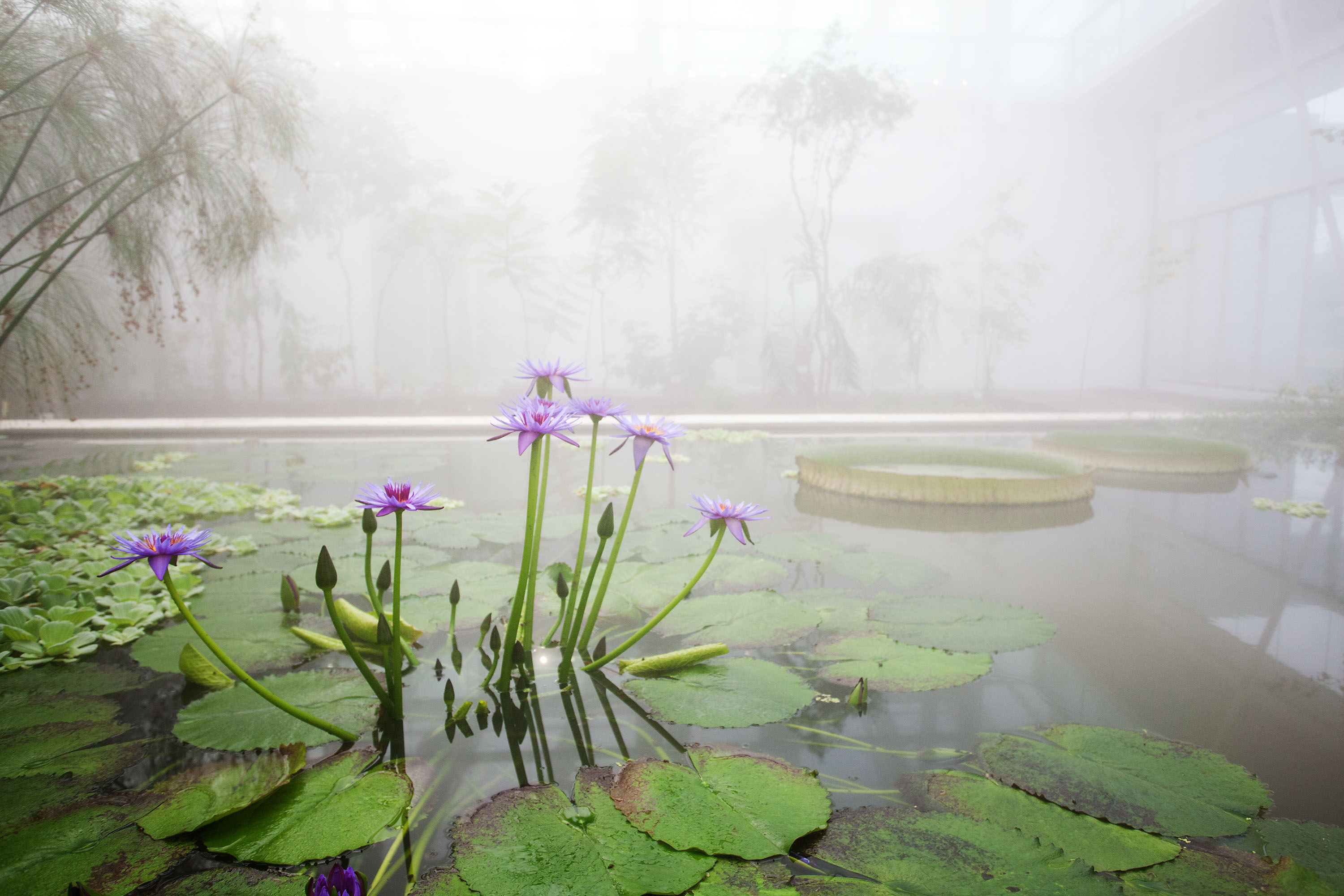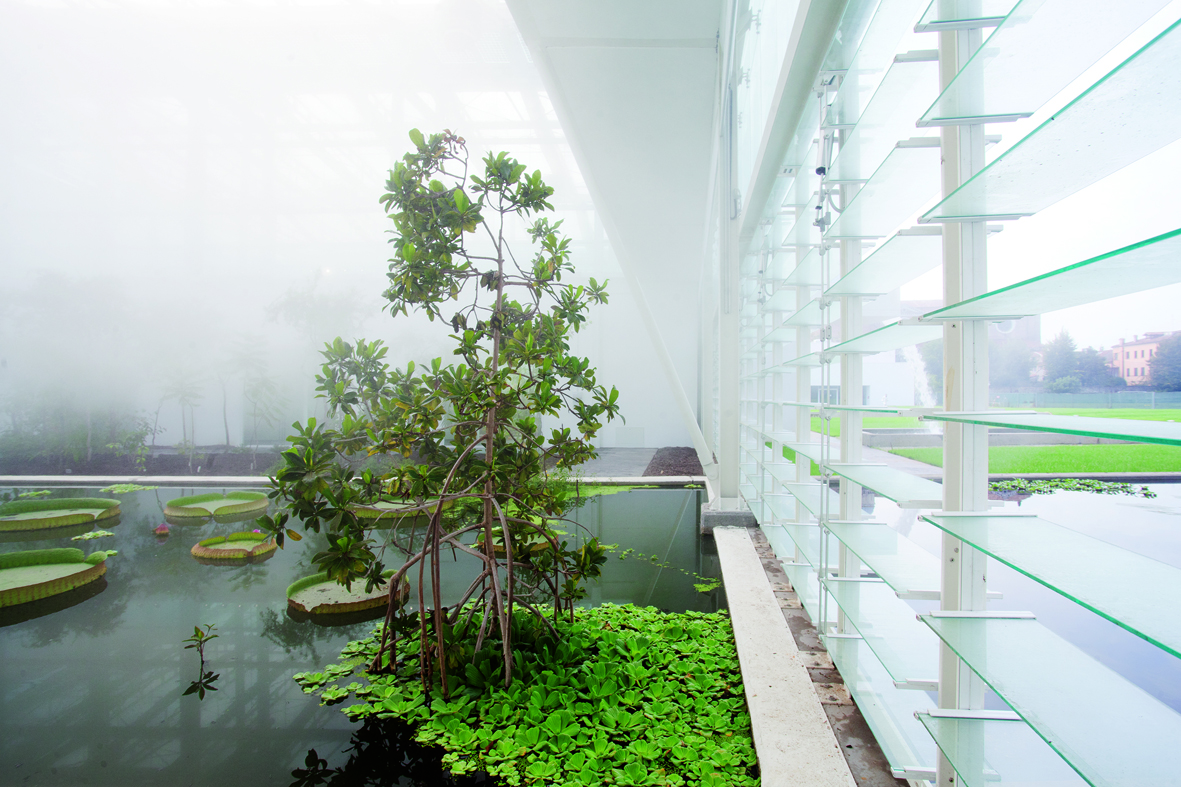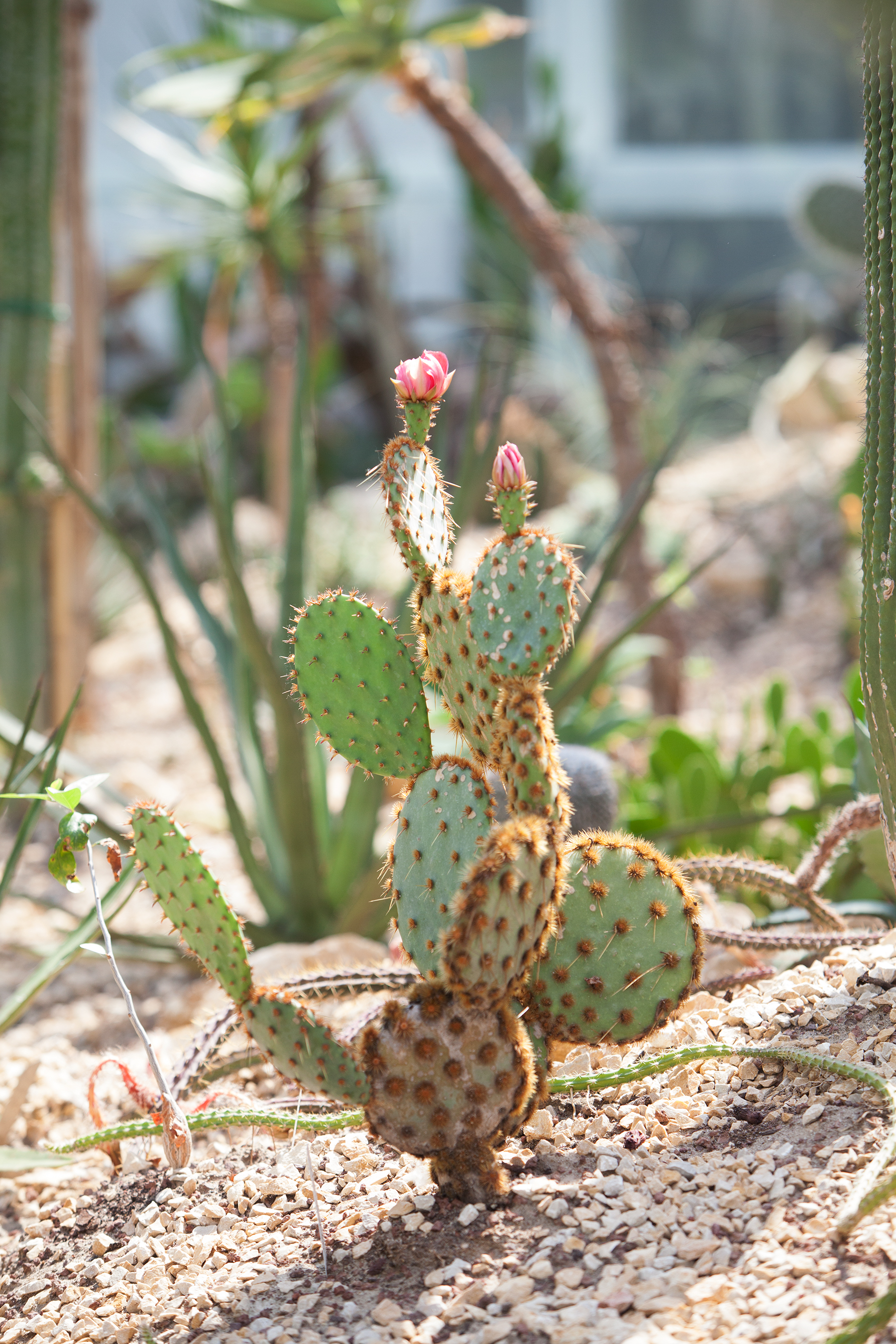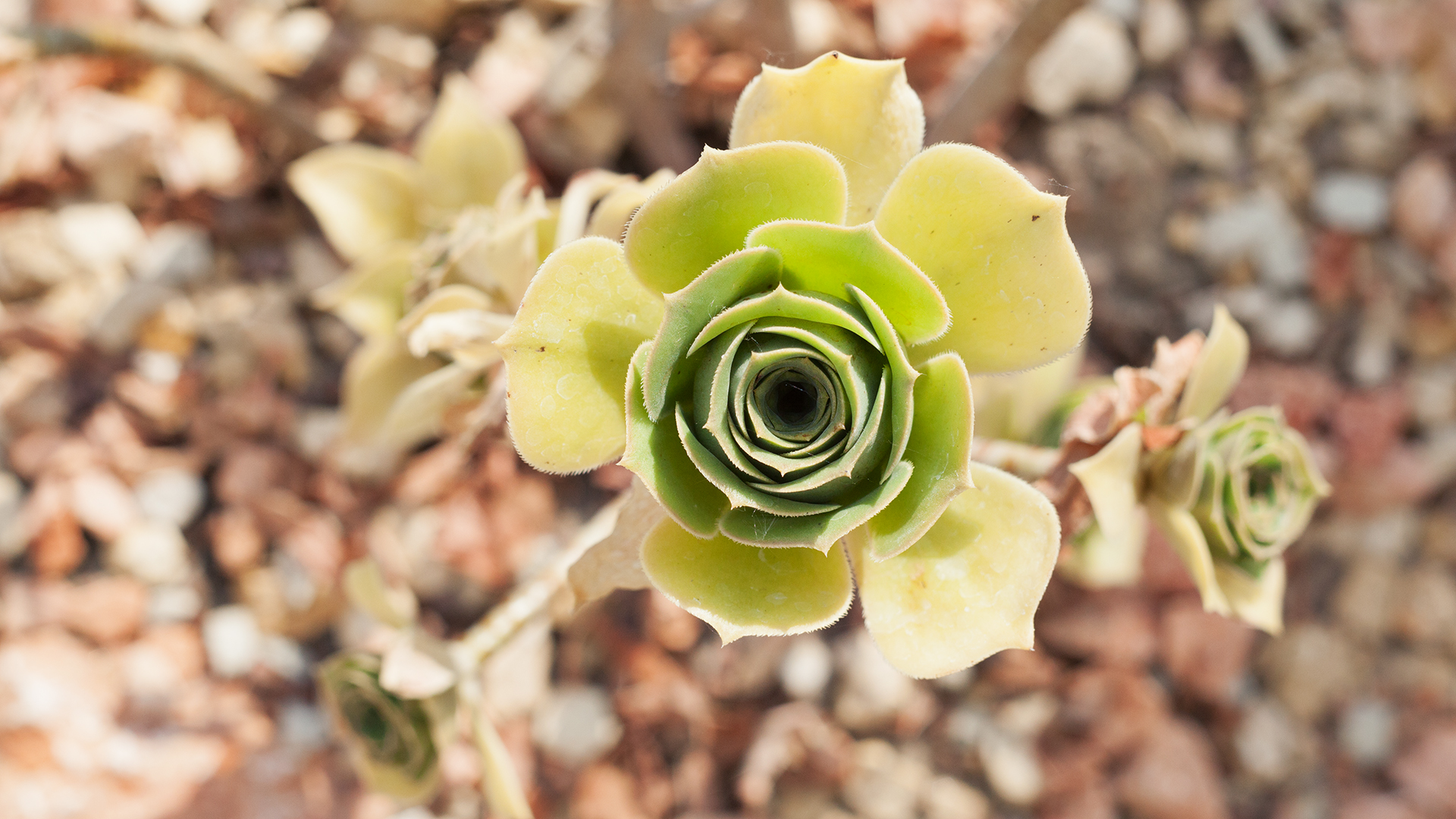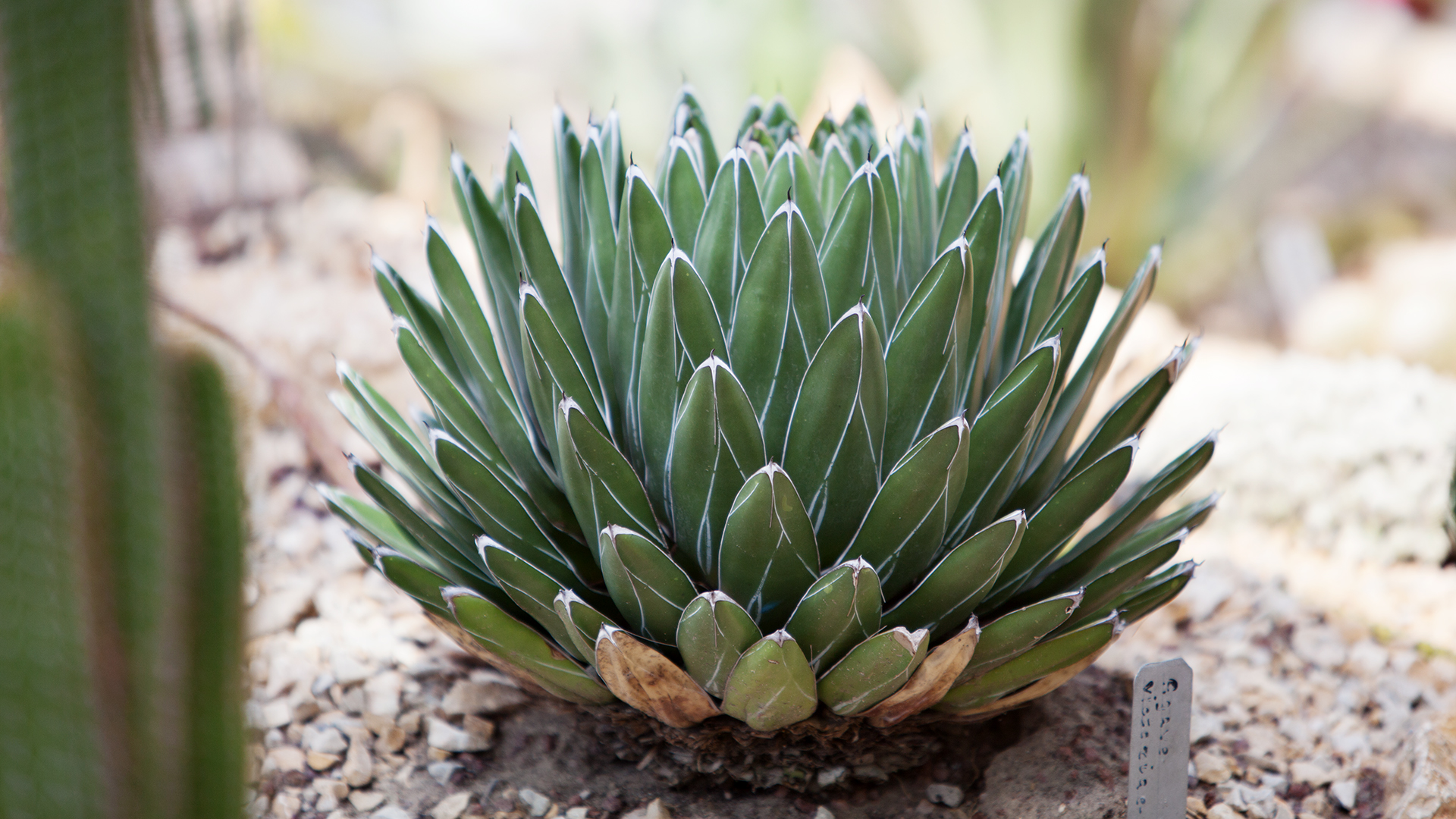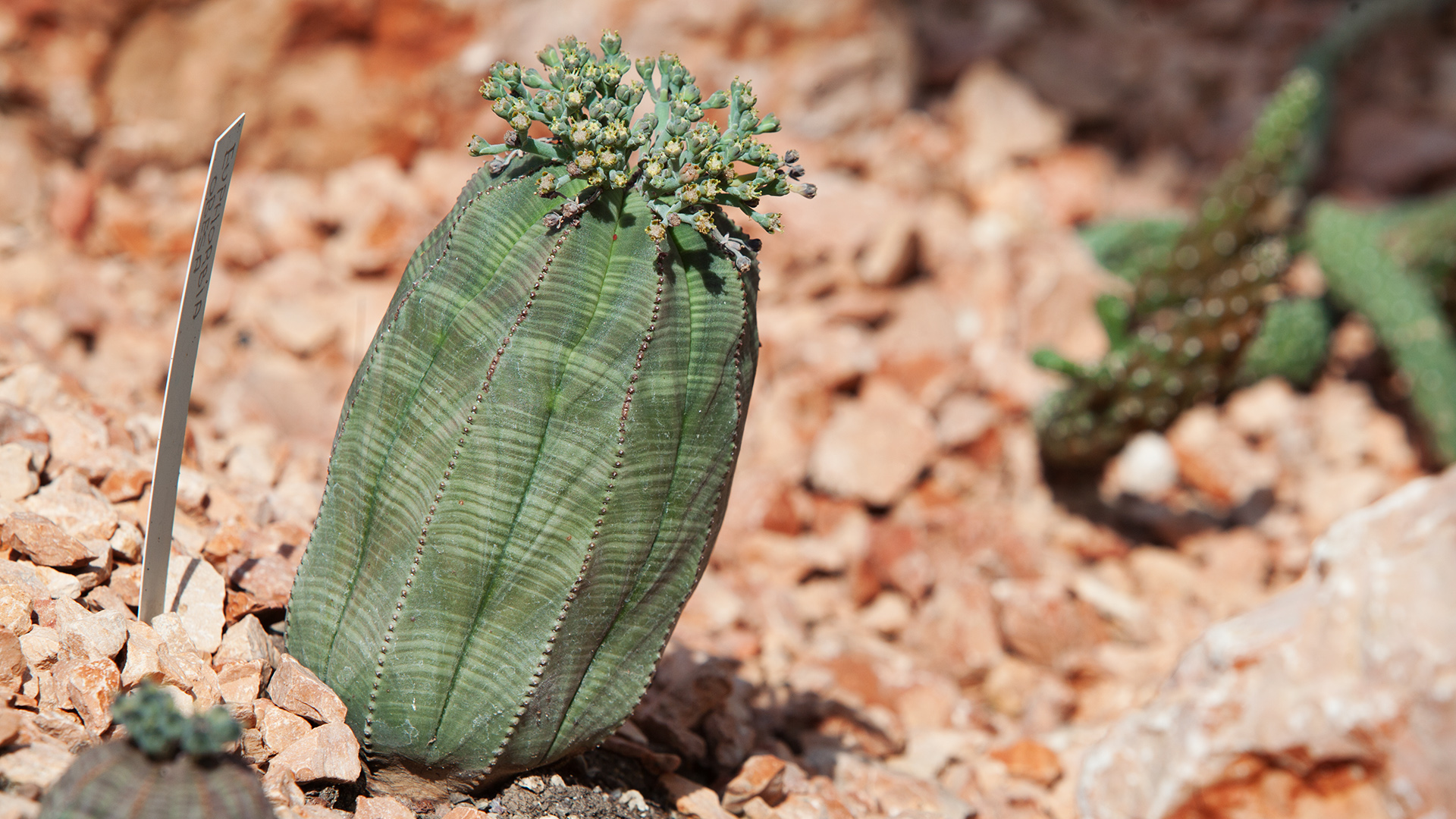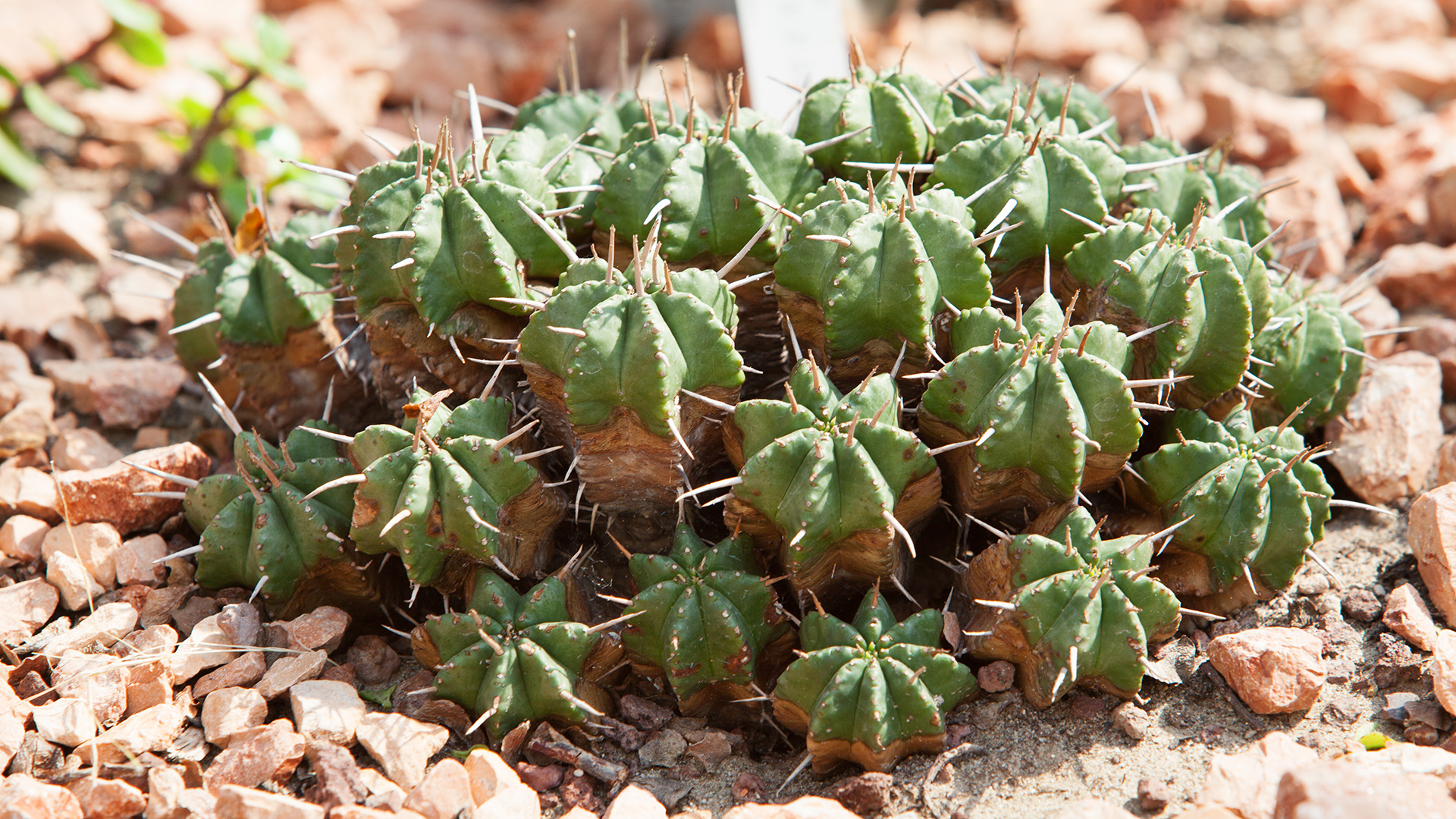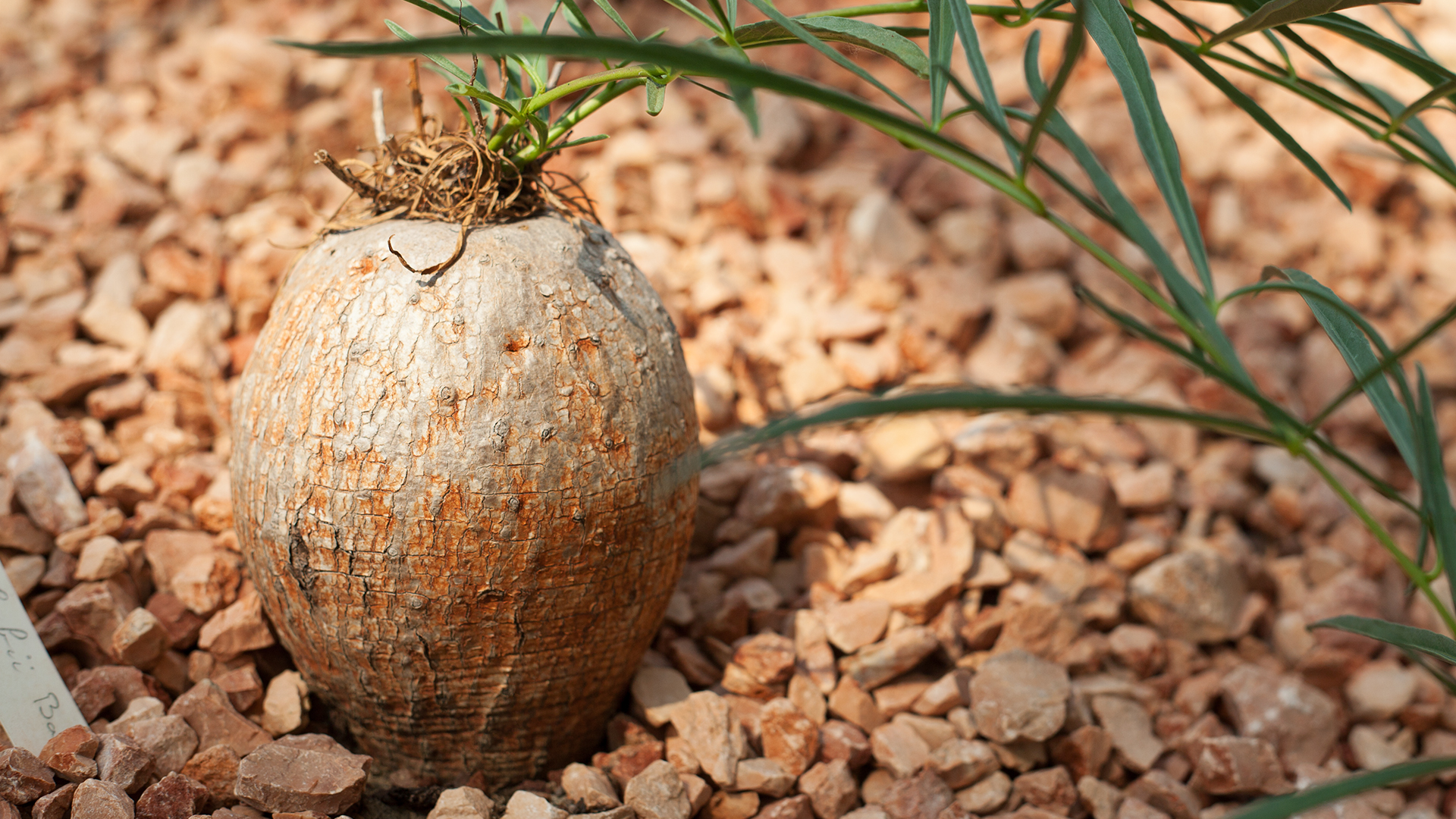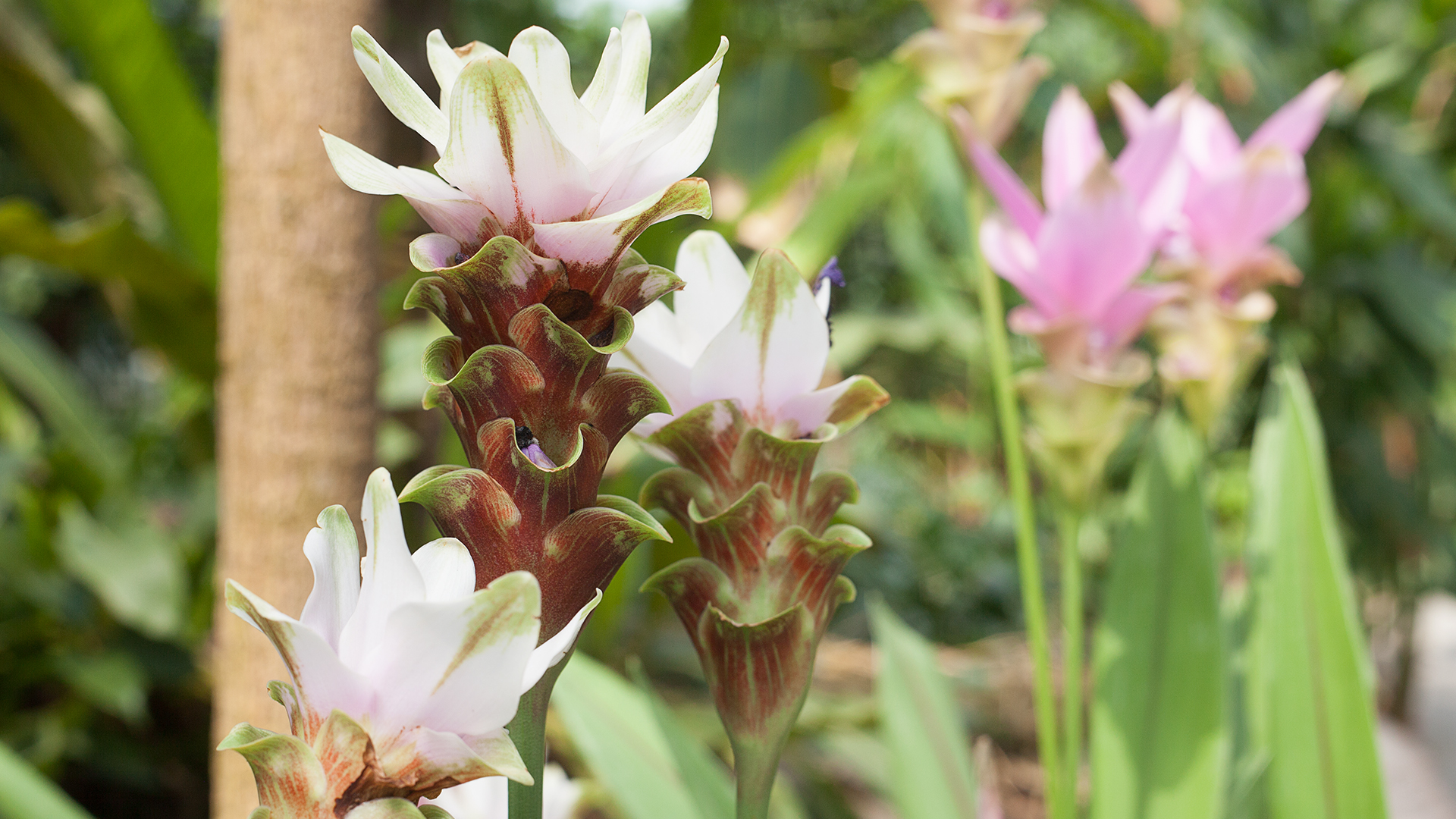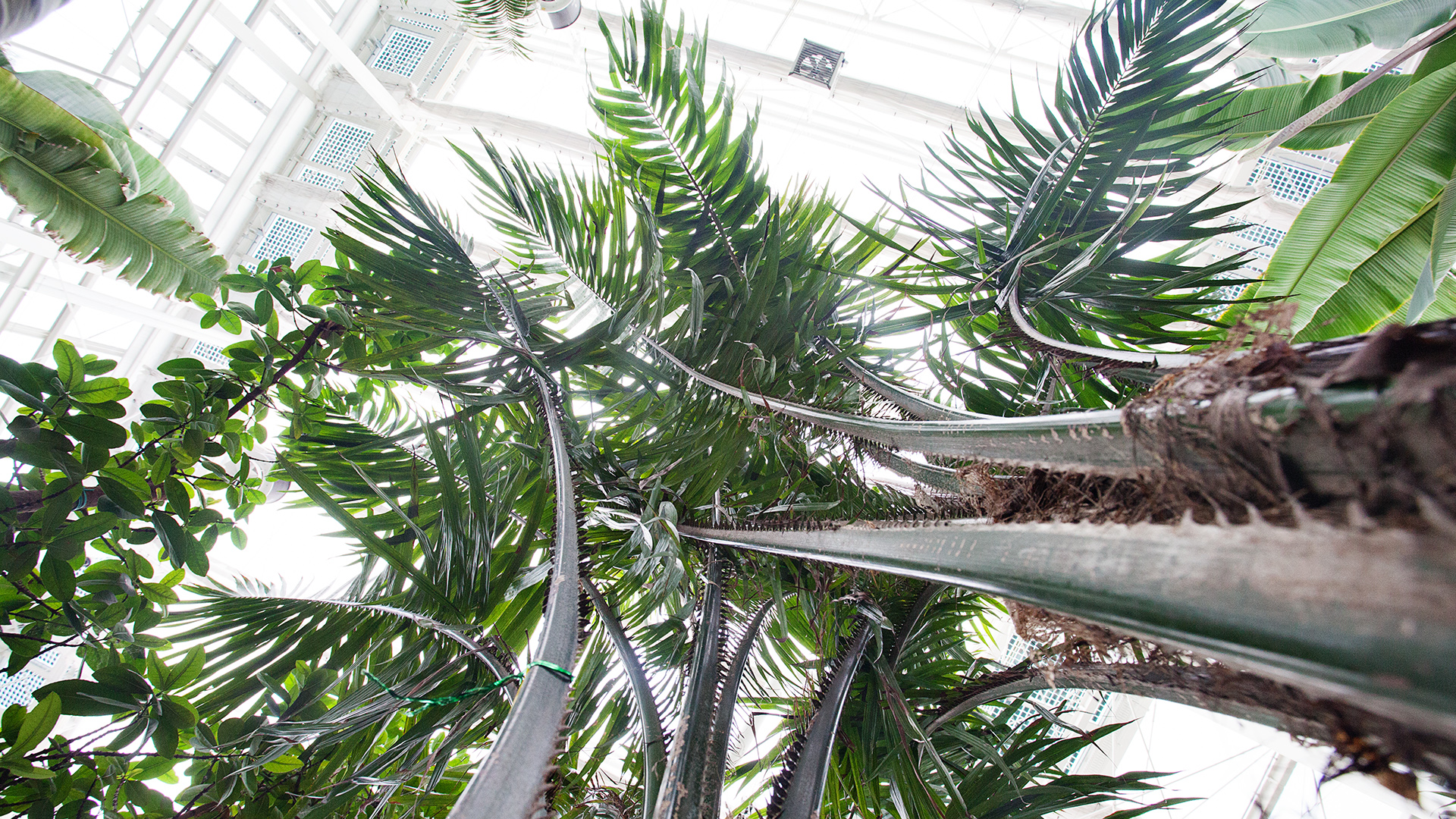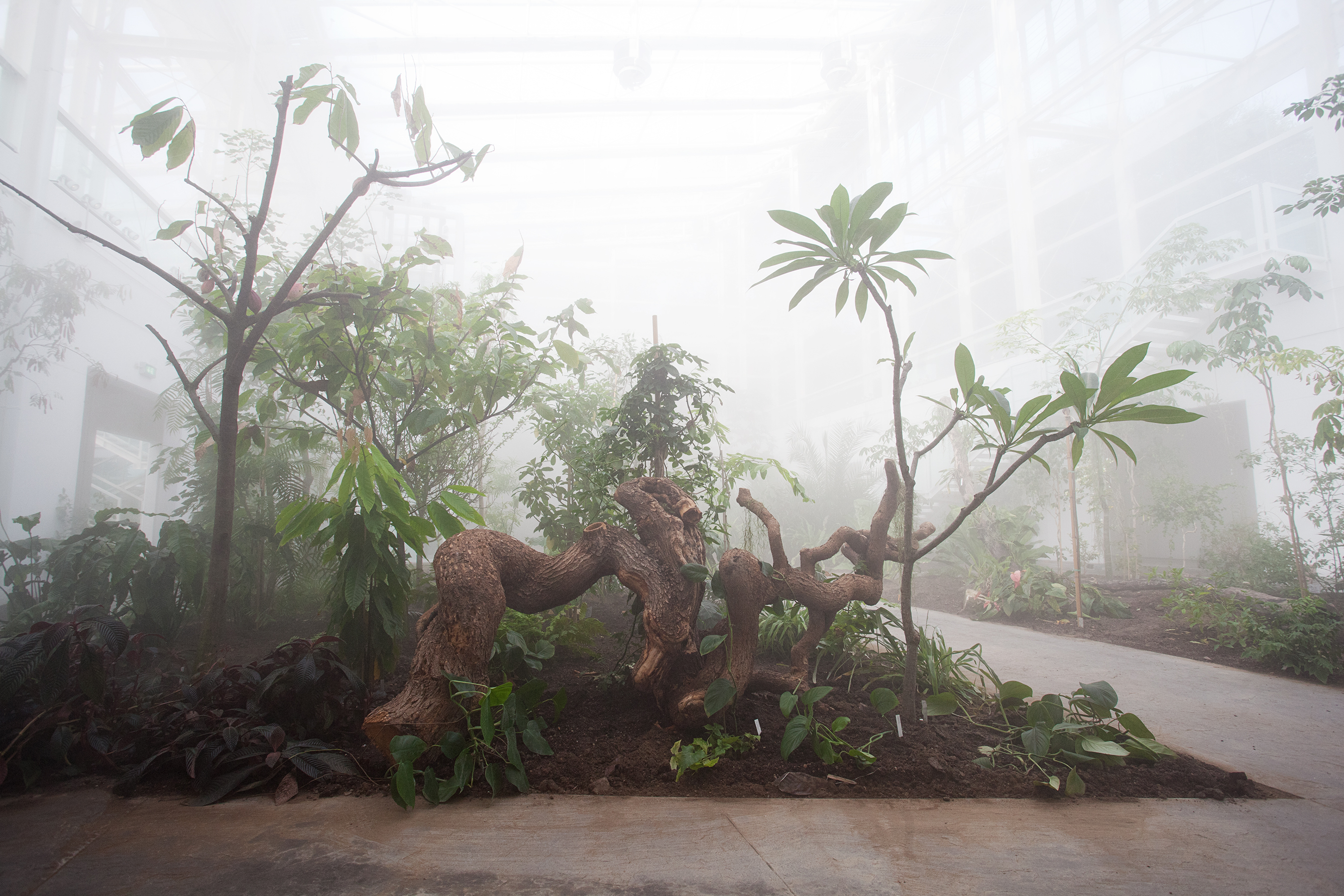
Padua Botanical Garden
This post is also available in:
 Italiano (Italian)
Italiano (Italian)
The Padua Botanical Garden was founded in 1545 and is the oldest university botanical garden still existing in its place of origin. It was born as a “garden of the simple”, a place for growing officinal plants for therapeutic or research purposes. At that time, Francesco Bonafede was in charge of teaching “materia medica” (“medicine”) at the University of Padua. In 1547, almost 2000 officinal species were introduced and, in a short time, the garden became a model for all of Europe. It was thus possible to introduce many exotic species in Italy, such as potatoes, sesame, lilacs, and some magnolias. In 1997, the Botanical Garden of Padua was included in the list of World Heritage Sites by UNESCO.
The current structure of the garden mostly retains that of its initial design by Daniele Barbaro: that is to say, a square inserted in a circle. This peculiar layout is a testament to the ancient “hortus conclusus” – a heavenly place welcoming people looking for the true relationship between man and the universe.
The garden covers an area of almost 5.43 acres and hosts over 6000 cultivated plants.
A high circular wall, which runs along the entire perimeter of the garden, was built in 1552 to stem the theft of officinal herbs.
Inside the garden, space is divided into four terraces with several flower beds. In the centre, a pool for aquatic plants is fed by a stream of hot water coming from a water table located almost 985 ft below. The plants first introduced in Italy and still growing in the garden include Ginkgo biloba, magnolia (Magnolia grandiflora), potato (Solanum tuberosum), jasmine (Jasminum spp. ), Acacia spp. , and the sunflower (Helianthus annuus). Today, there are collections of officinal and poisonous plants, carnivorous species (located in the first of the XIX-century greenhouses, just before the North gate, along the avenue of greenhouses), succulents, orchids, aquatic plants, alpine plants, Mediterranean plants, and Triveneto endemic varieties.
The oldest plant still present in the Padua Botanical Garden is a spectacular example of St. Peter’s palm (Chamaerops humilis) planted in 1585; it is universally known as “Goethe’s Palm” since the great German poet wrote his “Essay on the metamorphosis of plants” (1790), after admiring it in 1786. The palm is found inside the Hortus sphaericus, in a special octagonal greenhouse located near the North door, in the sector of the officinal plants. This protection has allowed it to develop several stems that reach a height of about 33 ft. This plant was long referred to as Chamaerops humilis “arborescens”, a variety no longer recognized.
Chamaerops humilis is the only spontaneous palm found in Europe today. At the beginning of the Tertiary Era (about 65 million years ago), tropical flora was widespread throughout southern Europe, thanks to a completely different climate. As it usually grows sensibly less than other palms, this species is also referred to as “dwarf palm”. It spontaneously grows along the coasts of the western Mediterranean Sea, in degraded scrub formations – and often found in most secluded and inaccessible places. As Cicero once wrote in Sicily, before the introduction of wheat, the sprouts of this palm were cooked and eaten – a custom still present in Algiers – while the underground parts were turned into flour. Its leaves have always been used for making brooms and ropes, but above all, stuffing material. What got Goethe’s attention is the fact that the bottom leaves are whole, while the intermediate ones are divided along the ribs, eventually fraying in the upper ones.
As previously mentioned, this garden features several officinal plants like poisonous and spontaneous species, cultivated for aesthetic purposes, as well as climbing varieties. In the Ancient Garden, there are truly fascinating plants such as wisteria and bougainvillaea, while several just as evocative species can be found in the aquatic plant area, including Victoria cruziana, with large and wide leaves lying on the surface of the water.
The future
The Biodiversity Garden was opened in September 2014 – it’s a 361-ft glass and steel greenhouse built on a 3.70-acre area. Within this structure there are three different themed paths:
“The plant and the environment” – a collection of over 1300 species typical of the tropical rainforest, sub-humid tropical forest and the savannah, of Mediterranean climate, of the arid climate, of the arctic tundra, alpine tundra and Antarctica. Five different habitats have been created to grow, for example, the rare Franklinia alatamatha (extinct in nature), and Welwitschia mirabilis, which grows only in the Namibian desert;
“The plant and man” – information panels, short documentaries and several exhibits tell the story of our planet from the point of view of plans, investigating their role in the relationship with men.
“The plant in space” – it addresses the issue of extraterrestrial living conditions and the effects that pollution and human intervention have on plant species.
In addition to all this botanical and spectacular richness, the greenhouses are particularly interesting when it comes to state-of-the-art growing techniques, their total self-sufficiency about water and energy, and the highly advanced experiments carried out on regular basis, even with the help of NASA.
Several sensors hidden in the ground record the parameters of humidity, light, air, while thoroughly managing the irrigation systems, nebulization, window opening, the curtains and the solar panel array. The air is constantly filtered and cleaned by a photocatalytic paint applied to opaque surfaces; cold water is fished from a 15.892 cubic feet tank that collects rain, while hot water comes from an artesian well at a depth of 814 ft.
In recognition of this project and the long history of excellence of the University of Padua, a special partnership was launched in 2015 with EXPO – the latter international exhibition offered, in fact, a special space to this botanical garden inside the Italian Pavilion.
This post is also available in:
 Italiano (Italian)
Italiano (Italian)
Contatti
Via Orto Botanico, 15 - Padova(PD)
049 8272119
visite.ortobotanico@unipd.it
http://www.ortobotanico.unipd.it
Altre info
Intero 5,00 euro; ridotto (gruppi di almeno 10 persone, over 65) 4,00 euro; studenti 2,00 euro; famiglia (fino a 4 persone, massimo 2 adulti) 10,00 euro; gratuito per bambini 0-6, portatori di handicap e accompagnatore, studenti e personale UNIPD
Tutto l'anno
Periodo estivo: 9.00-18.00; periodo invernale: 9.00-15.00

